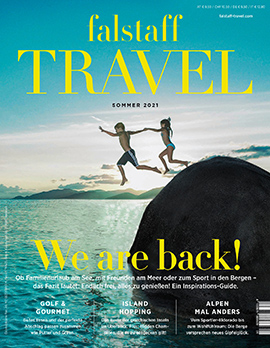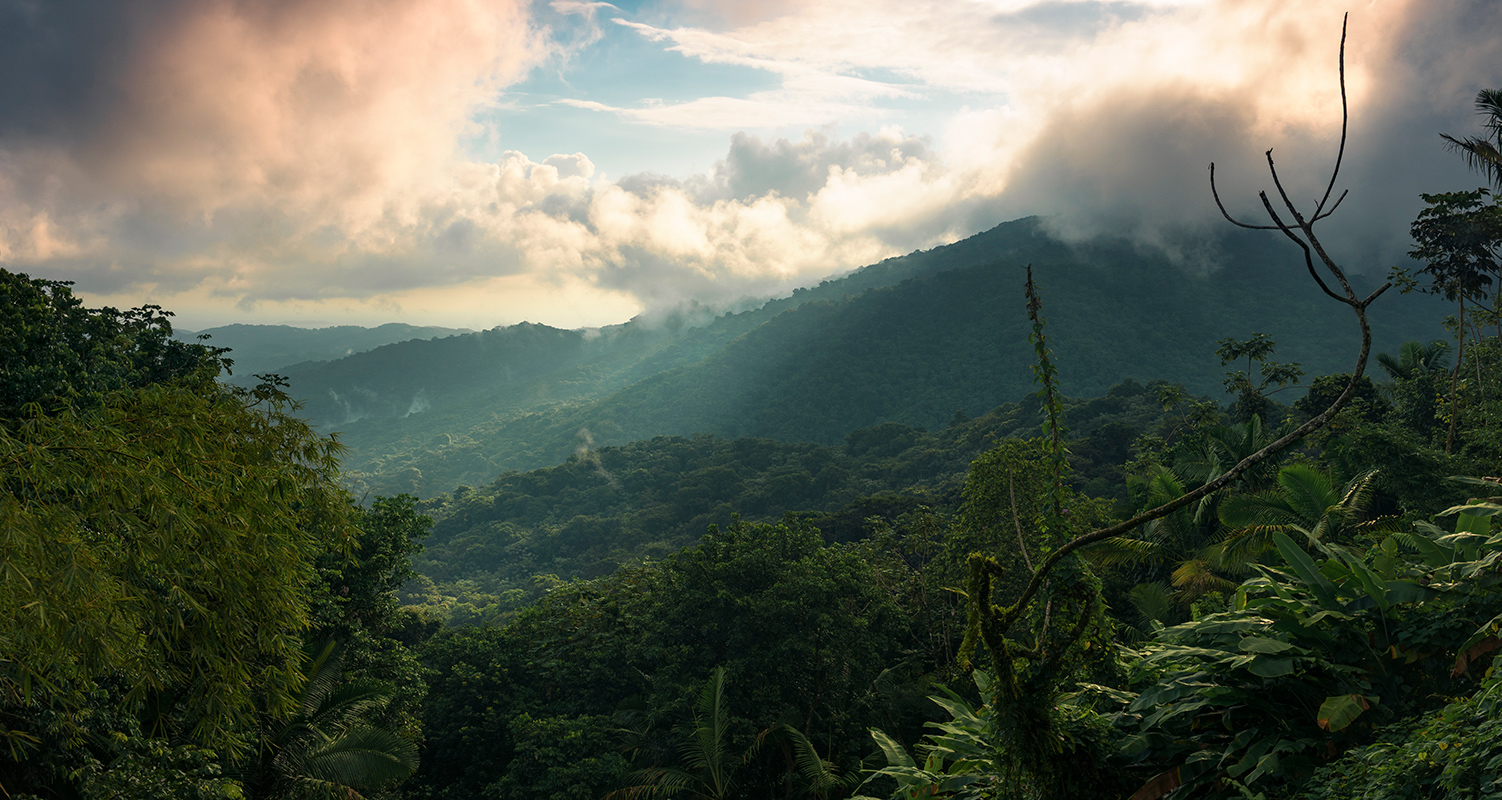
The Virgin Islands of Puerto Rico
Discover the amazing dream destination.
15 January 2021
Lush jungle landscapes, forgotten island beauties, and a complicated relationship with the U.S. that has its merits: Puerto Rico is an amazing dream destination that scores points for remoteness - and has its own Virgin Islands.

If you are planning a holiday in the Caribbean, both the British and US Virgin Islands inevitably come to mind. Both are known for their luxurious resorts and exclusive clientele. Just a stone's throw away (and almost literally) are the Puerto Rican Virgin Islands of Vieques and Culebra and their offshoots. Forgotten and sleepy. Synonymous with the whole region.
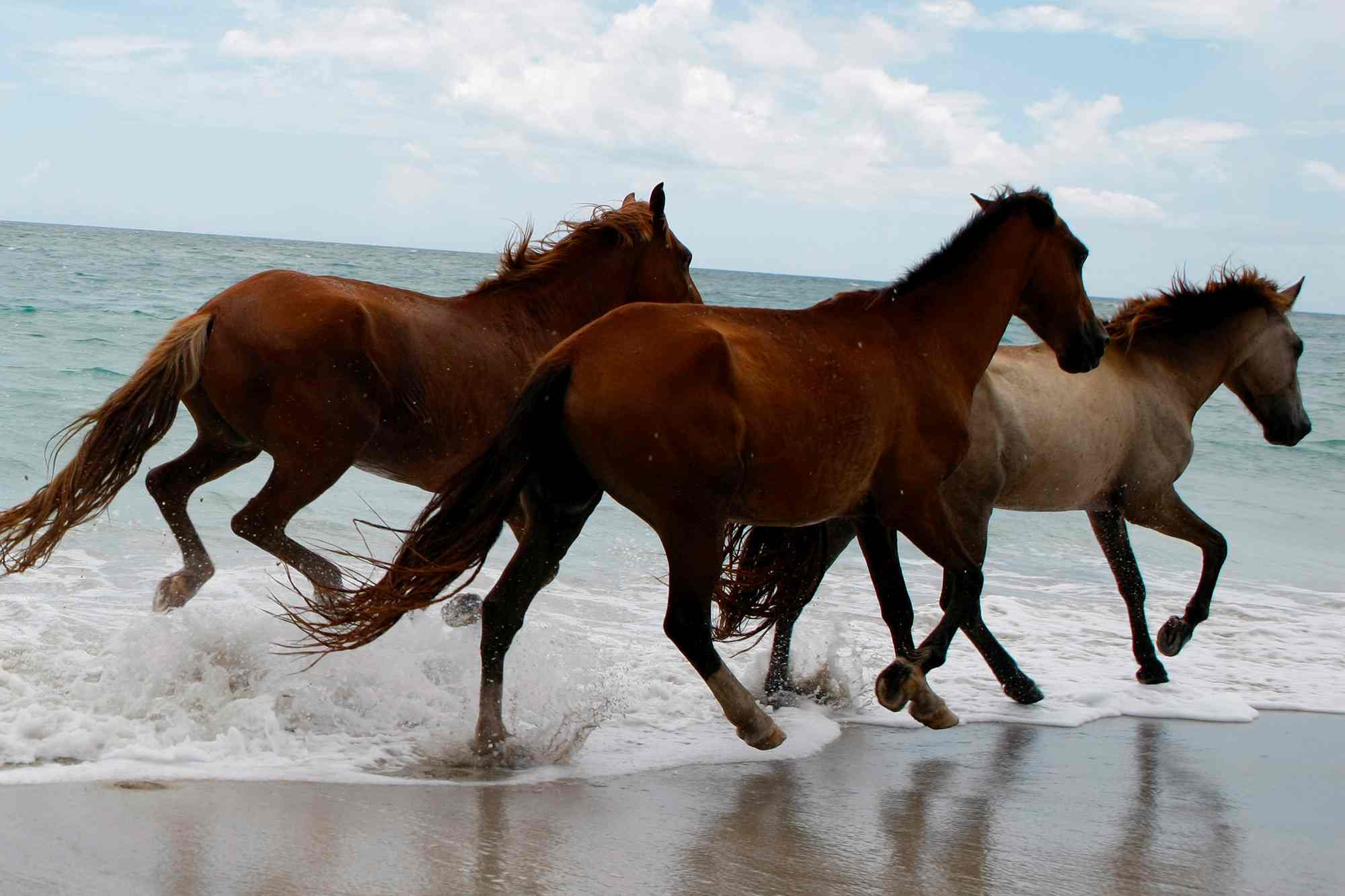
Because Puerto Rico is only for a few Caribbean travelers on the to-go list, it acts at most as the start or end of a cruise. Those who only make a short stopover in the capital San Juan and walk through the old town, however, miss a lot here alone. As outside the oldtown, there are already crystal clear beaches that only give a preview of what one can encounter on the Caribbean island. But also San Juan invites for a week-long stay - especially for those interested in history: The first settlement was already established 16 years after Columbus landed on the West Indies for the first time. The cathedral of San Juan, completed in 1540, is the second oldest church in the New World. The fortress also dates from that year and is still the governor's residence. Thanks to a far-sighted management, the old town is well preserved and has been a "National Historic District" since 1972, which does not detract from the locals' joie de vivre: you do not have the feeling of being in an outdoor museum, but in a lively and, above all, tidy city, which is otherwise rare for the Caribbean. This is especially noticeable when one leaves the oldtown with its touristical hotspots and drives to the west, in direction to the airport. There are quarters that could also be in Europe with their studios, bars and galleries: In old haciendas and low-rise Bauhaus-style houses, you'll find exciting places to meet that can be everything at once: Children's playground and restaurant, bar and studio. Only the obligatory margaritas served with every meal remind you that you're not in Berlin-Mitte or Tel Aviv.
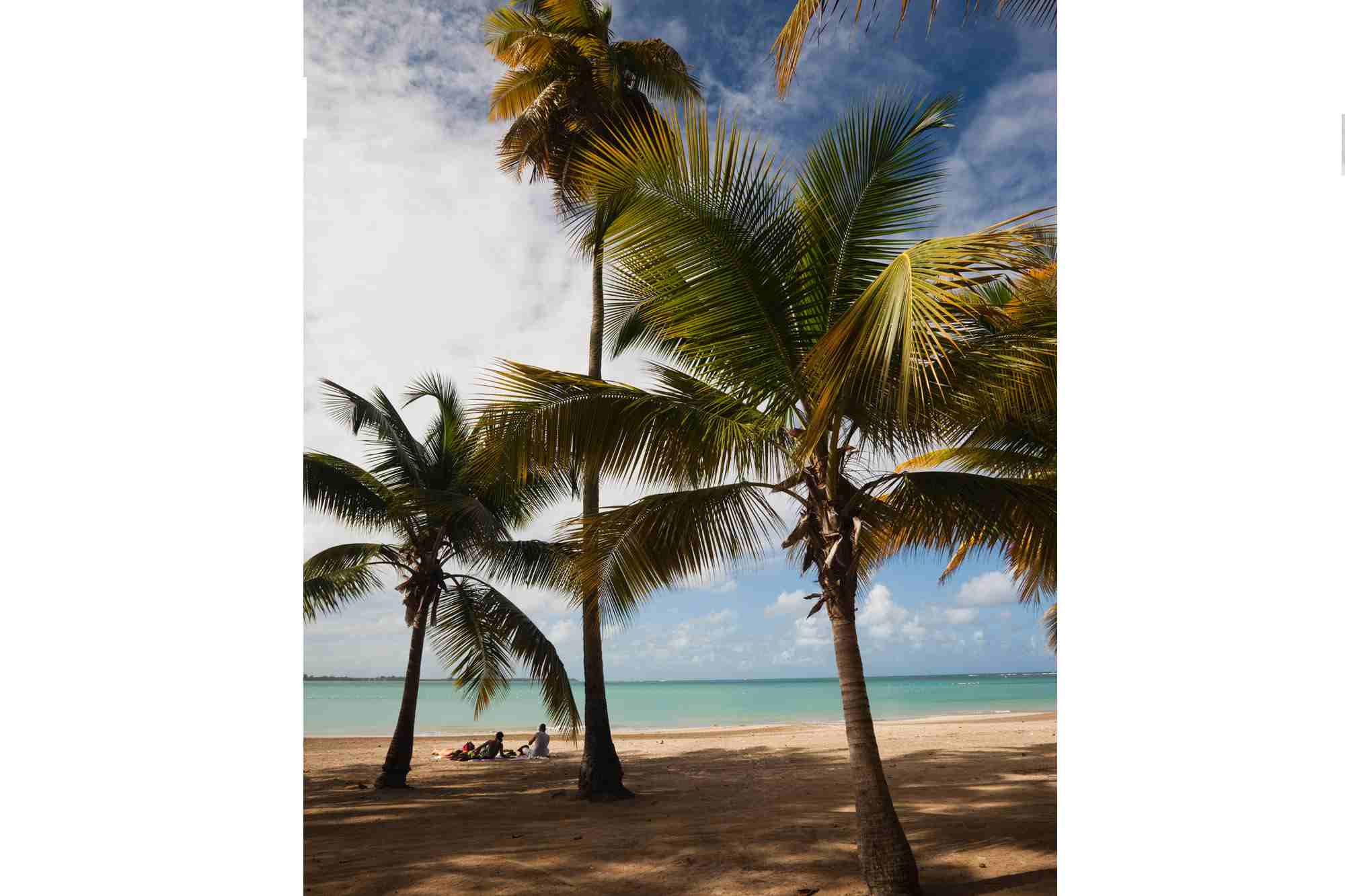
As soon as you leave San Juan and these bubbles of historical eclecticism and international hipster lifestyle, the picture changes: streets and cars are wide and big, you notice the proximity to America, even the unhealthy diet, which alternates between fast food and Caribbean dreariness (rice and beans), evokes associations with the USA. At least optically. Otherwise, Spanish is spoken throughout, English is understood only bumpily or not at all by the rural population. And you start to wonder: What is this Puerto Rico anyway? A free state, an outpost of the United States, a forgotten region that has more to offer in terms of beauty than its poster boy J. Lo? Definitely
Retrospects and insights
Why tourism is so sleepy here and only a few foreigners - apart from exiled Puerto Ricans - come here, you only find out when you visit Vieques. The largest of the Puerto Rican (or Spanish) Virgin Islands can only be reached by an adventurous ferry that takes an hour to cross from the mainland. Once you arrive, you're greeted by clucking chickens, behind which warped but cheerfully colorful huts loom and oversized pickup trucks wait to take the few guests to one of the accommodations. "Good guests" have prepared themselves and immediately change into a golf caddie, the official tourist means of transport on the island, with which even the loneliest bays can be explored playfully.
Its beauty quickly fades in the face of history: from 1941 to 2003 Vieques was used by the US Navy as a maneuver area. Only massive protests by the population, which ended in a fatal incident, brought about a rethink: The island was abandoned in flight, leaving behind the Navy restricted areas and a population that had slept through many decades of tourism development.
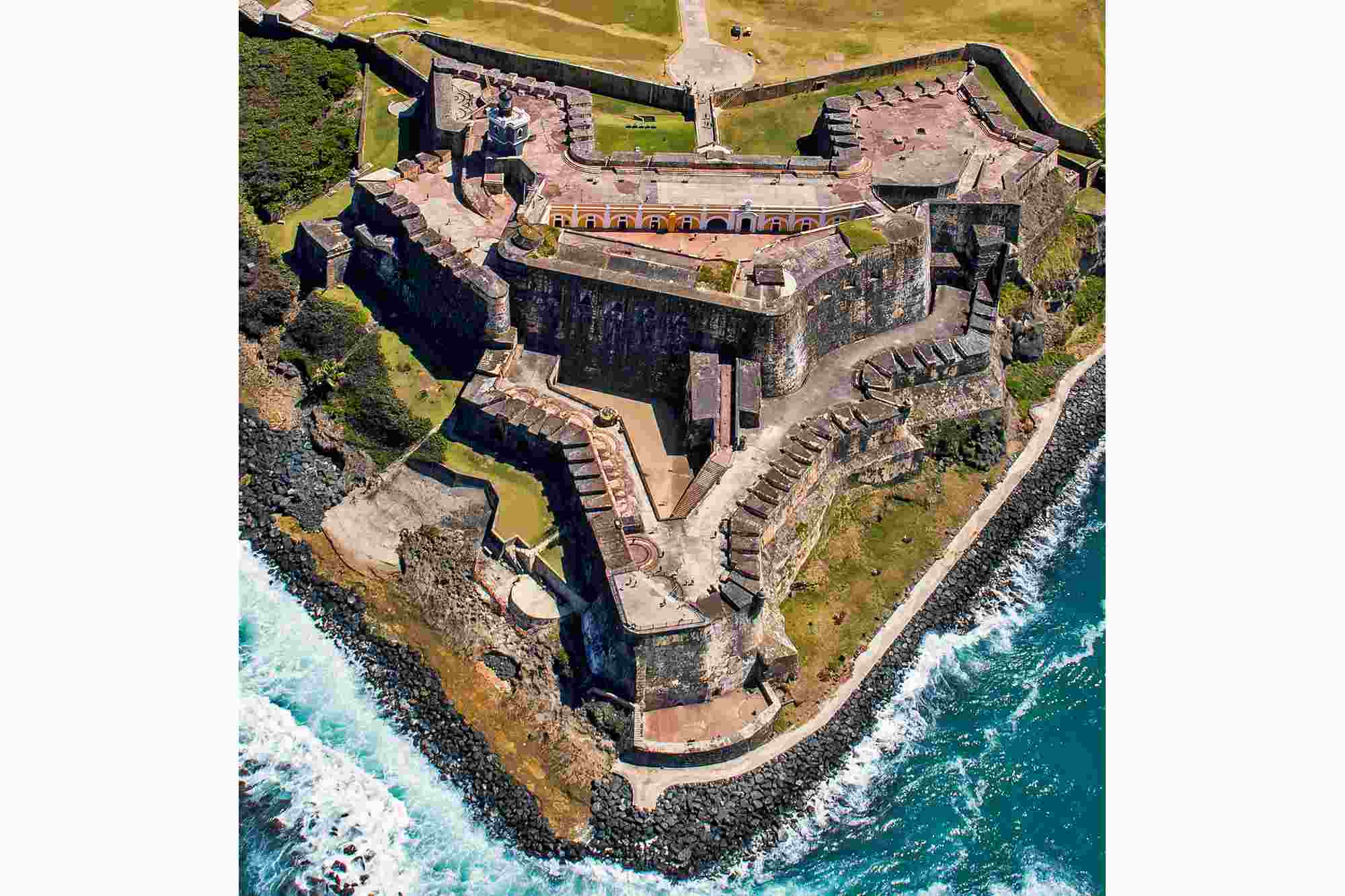
Today, 17 years later, the population has largely recovered - as has nature. The people live in their own world, which seems to be somewhat out of time. Not only do the obligatory golf caddies create an almost surreal impression that could have come from a Wes Anderson film, but also the wild horse population. The slender, graceful animals graze along the roadside, cavort in the bays or watch the supermarkets from a safe distance. Few can be tamed, but the sight is all the more picturesque when you see a young boy proudly riding a horse bareback. Over 2000 animals live side by side with humans. There are few points of contact, but the sight in the morning on the terrace, when you let your gaze glide over untouched nature to the ocean and the wild horses are having a rendezvous in front of the hotel, is unforgettable.
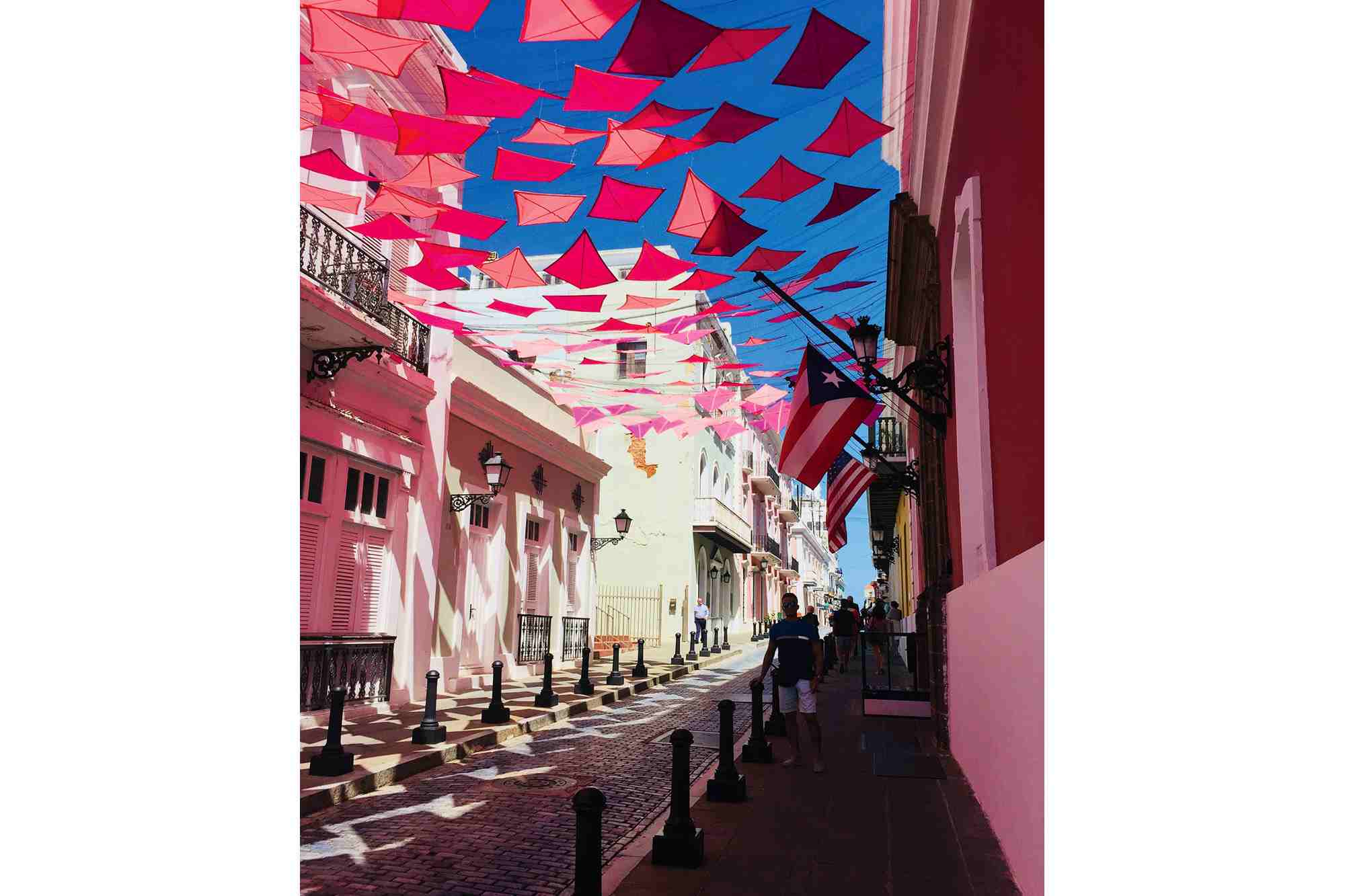
Blue Wonder
The animals do what they want, the population lets them do what they want and treats nature with care. This consists not only of breathtaking, film-ready beaches - parts of "Pirates of the Caribbean" were filmed here - and lush tropical vegetation, but also of a special natural spectacle: the Bio-Bay, short for Bahía Bioluminiscente. In one of the island's many bays, Mosquito Bay, there is a unique balance of temperature, fresh water supply from the sea and microsystem fed by the mangrove forests that make for a fascinating natural phenomenon. This balance has allowed a special type of plankton to settle, the so-called "dinos", which fluoresce when touched.
It's hard to imagine unless you've experienced it yourself, but it can be described like this: You get into a glass-bottomed canoe in the evening and head out into the dark night, with only the Milky Way sparkling above you in a way you rarely get to experience anymore, and suddenly you're paddling in fire. Cold, blue light indeed, but like fire. By touch, the plankton has begun to glow. It's a brief burst that goes out within a few seconds, but with each stroke of the oar, new swarms of plankton light up. Raise your hand out of the water and the glowing plankton beads down, and you quickly revel in a bliss that only such breathtaking natural spectacles can deliver.
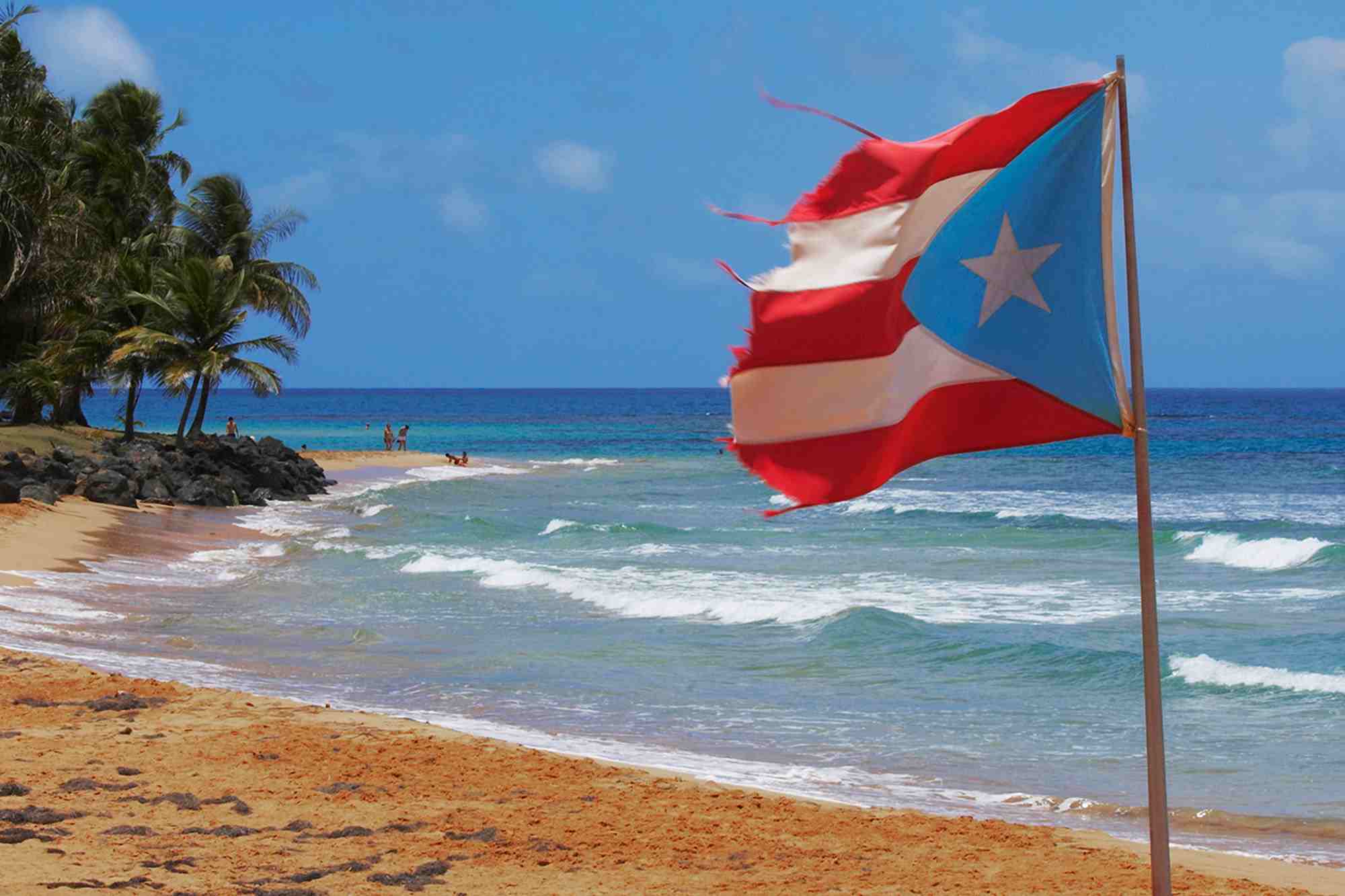
Perhaps that is why the hotel offer is manageable. Besides the "Hotel El Blok" in the south of the island, in the small village of Esperanza, only the "Hix Island House" is worth mentioning, but with an exclamation mark. Esperanza, whose entrance is marked by the "El Blok", basically consists on only one street, but one exciting restaurant follows the next. You eat lobster and other fresh seafood, but also hip ceviche and hummus with falafel. Everything here is reminiscent of Thailand in the early noughties, before the film "The Beach" triggered a backpacking hype and mass tourism flooded the country like the tsunami. The audience is similar to that of the old days in Asia: young and unexcited. Further inland, star architect John Hix has realized a dream that not only makes the hearts of architecture fans beat faster. In the tradition of brutalist architecture, he has built villas of exposed concrete on a huge area in the middle of the jungle and on the highest point of the island, which are probably unique for the entire Caribbean. Here, one feels removed from any everyday reality: wild horses, jungle and the nocturnal Milky Way are one set of coordinates, while the other axis is occupied by a magnificent spatial concept bursting with creativity.
You can forget everything else here: There is a deep peace that runs over the island that the people have earned so much. One can only hope that future visitors to Vieques, and as a result to the much smaller neighboring island of Culebra, will appreciate this heritage. The two Virgin Islands are unique jewels in the Caribbean - and well-traveled visitors will recognize: in the entire world.
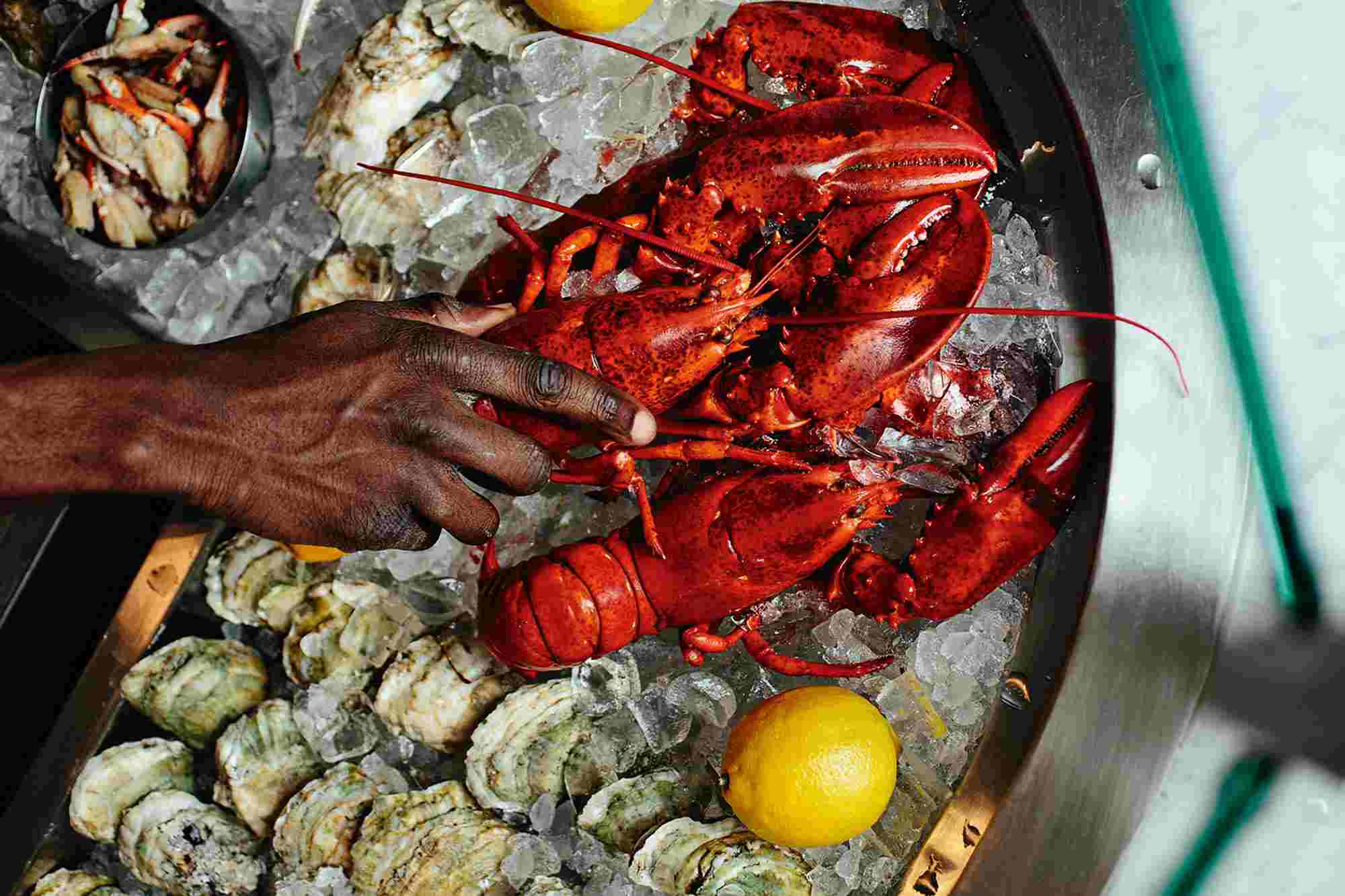
Picture Credits: Unsplash/ Ramiro Callazo, Getty Images, Stocksy
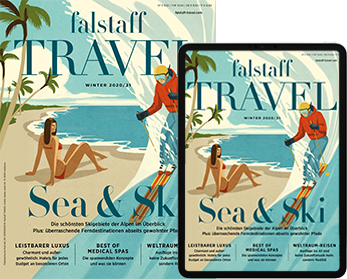
This article appeared in the Falstaff TRAVEL issue Winter 2020.
